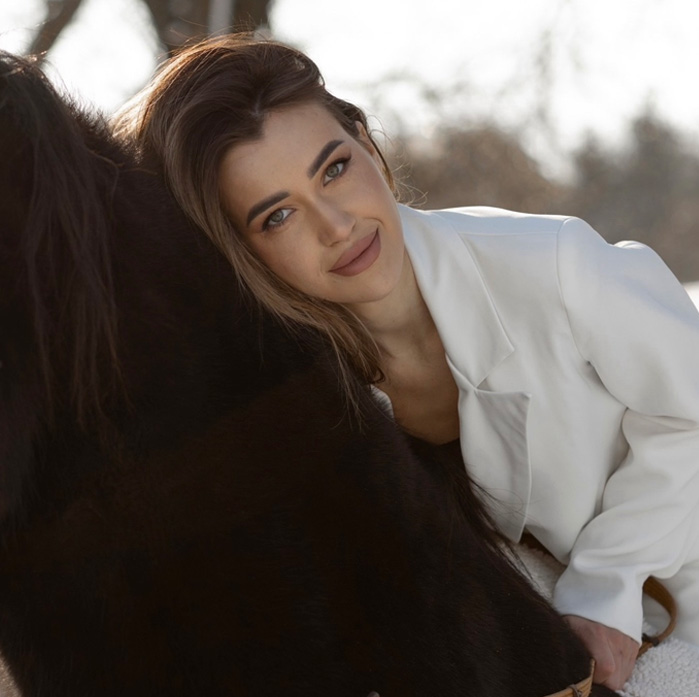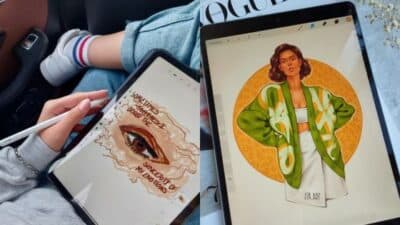Body base drawing is an essential skill for artists looking to improve their figure drawing. This technique helps artists create accurate body proportions and dynamic poses, forming the foundation of more detailed artwork. By mastering body base drawing, artists can enhance their overall drawing abilities and better represent the human form.
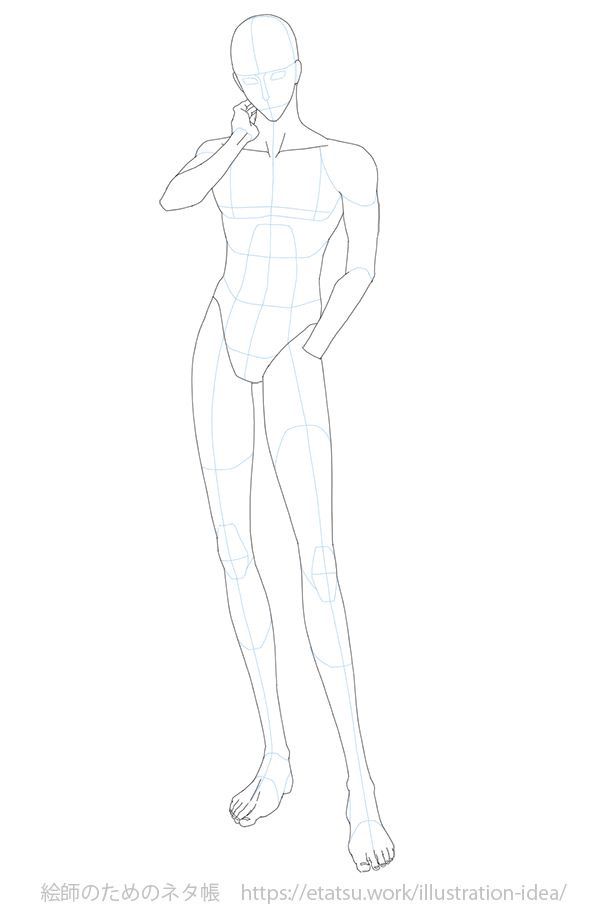
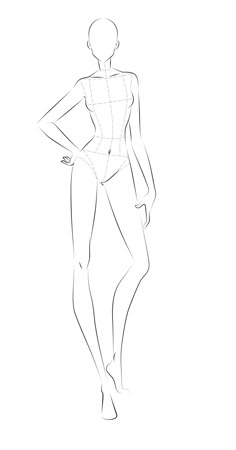
Understanding the basic shapes and proportions of the human body is crucial. Artists can build their knowledge through practical exercises that encourage observation and practice. Establishing a solid reference library can also provide valuable input to refine drawing skills and develop unique styles.
Incorporating feedback and iterating on drawings are key to growth in this area. Artists should feel confident in exploring different techniques and adapting their approach to find what works best for them.
Key Takeaways
- Body base drawing lays the groundwork for accurate human figures.
- Practical exercises and reference materials enhance artistic skills.
- Iteration and feedback are vital for improvement in drawing.
Understanding Body Proportions
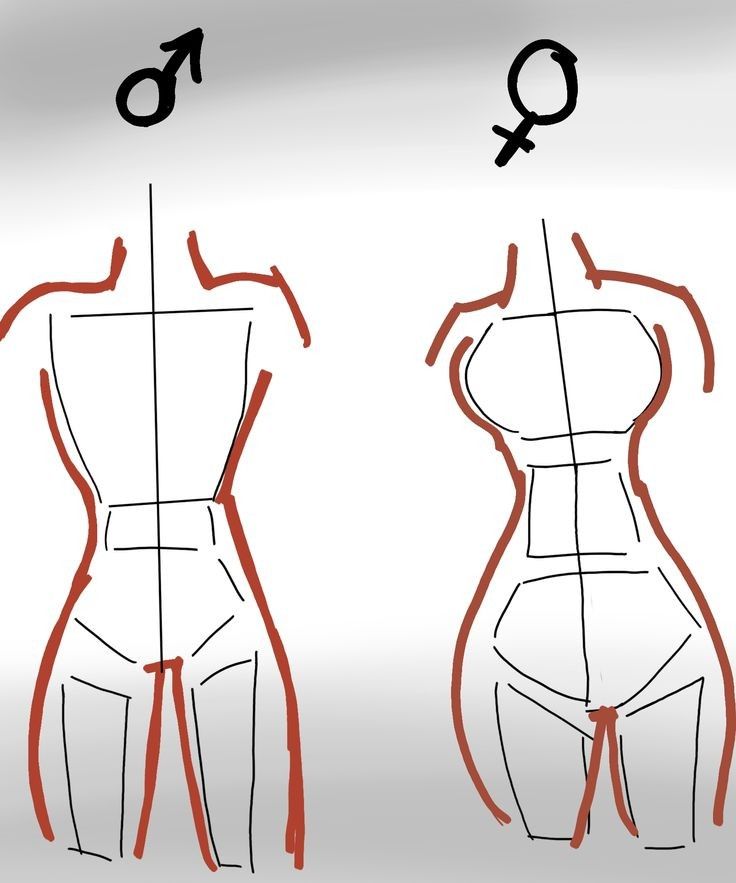

Body proportions are crucial in drawing the human form accurately. Knowing how different parts of the body relate to one another helps create a realistic image. This section focuses on basic proportions and variations across ages and body types.
Basic Proportions of the Human Form
To draw the human figure, understanding basic proportions is essential. The average adult body is about 7.5 to 8 heads tall. Here is a simple breakdown:
- Head: Represents the top of the body.
- Torso: About 2-3 head lengths.
- Arms: When extended, arms reach about the knees.
- Legs: Legs account for about half of the total height.
These proportions serve as a guideline. Individual bodies may differ. Observing and measuring real people can enhance accuracy.
Variations Across Different Ages and Body Types
Different ages and body types show distinct proportions. Children tend to have larger heads in relation to their bodies. Here’s how proportions change:
- Children: Approximately 4-5 heads tall. Their limbs grow at a different pace than their torso.
- Teenagers: Transition to adult proportions, with longer limbs and a more balanced appearance.
- Adults: Vary widely in shape and size. Some may have broader shoulders or shorter legs.
Body types, like athletic or overweight, also affect proportions. Understanding these differences is key for accurate representation in drawing.
Developing Drawing Skills
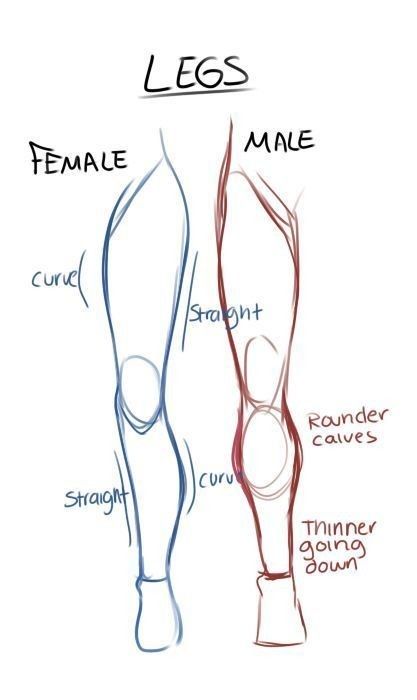
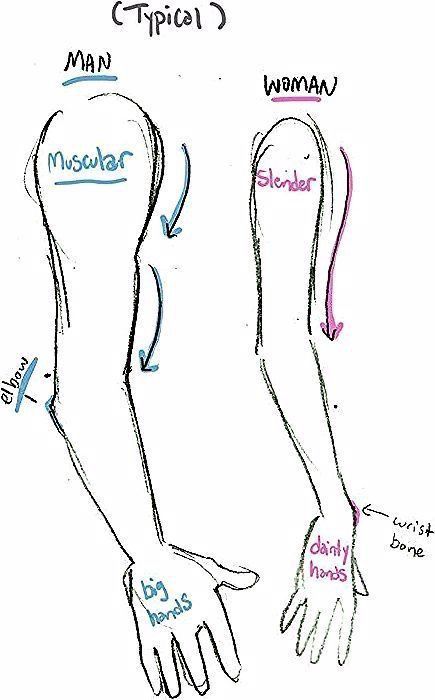
Improving drawing skills involves mastering key techniques and refining small muscle movements. Both sketching basics and fine motor skills play significant roles in a person’s growth as an artist.
Fundamentals of Sketching
Sketching serves as the foundation of drawing. It allows artists to express ideas quickly and practice shapes. Here are important elements of sketching to focus on:


- Basic Shapes: Start with circles, squares, and triangles. Recognizing these shapes helps in seeing complex forms.
- Lines: Practice drawing straight and curved lines. Control over lines improves overall drawing quality.
- Proportions: Understand how different parts of a subject relate to each other in size. This helps create realistic images.
- Shading: Learn techniques like hatching and stippling to give depth to sketches. This skill enhances the visual interest of drawings.
By practicing these fundamentals regularly, an artist can build a strong base for their drawing skills.
Refining Fine Motor Skills for Art
Fine motor skills are crucial for detailed artwork. These skills involve precise movements of small muscles in the hands and fingers. Here’s how to develop them:
- Grip Exercises: Use art tools like pencils and brushes. Holding them in different ways improves control.
- Tracing: Following lines can help in improving hand-eye coordination. Tracing over printed images is a practical exercise.
- Small Drawings: Try drawing tiny shapes or detailed patterns. This encourages steady hands and improves focus.
- Repetition: Regularly practicing small movements will strengthen dexterity. Simple exercises can lead to better control over tools.
By focusing on fine motor skills, an artist can enhance their ability to create detailed and precise drawings.
Anatomy for Artists

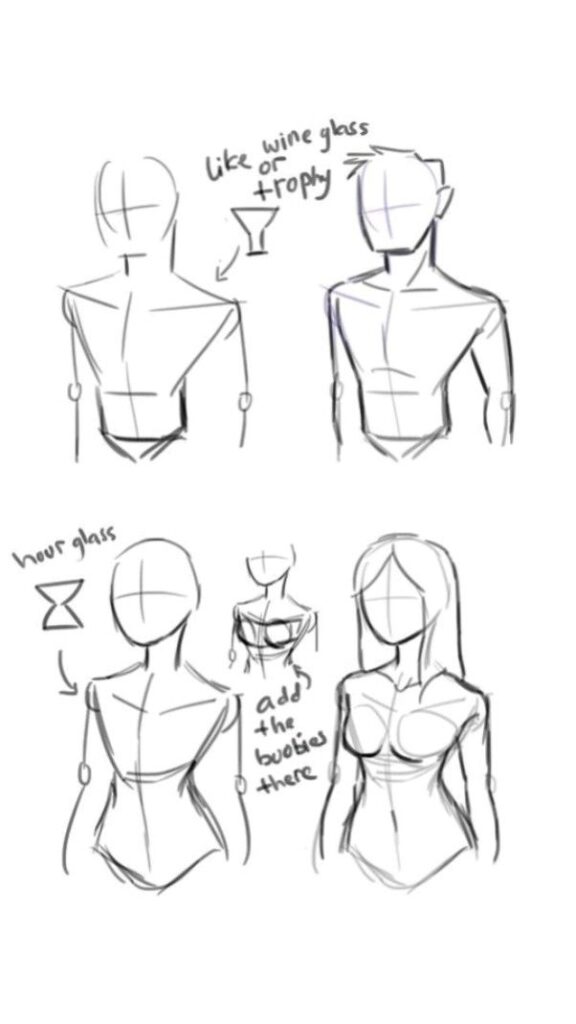
Anatomy is crucial for artists to accurately depict the human figure. Key aspects include muscle structure and the skeletal framework. Understanding these elements helps artists create more believable and dynamic figures.
Muscle Structure and Visibility
Muscles define the form and movement of the body. They come in three types: skeletal, smooth, and cardiac. For drawing, skeletal muscles are most important. They attach to bones, enabling voluntary movement.
Artists should focus on key muscle groups like:
- Pectorals: Located in the chest, these muscles give shape to the torso.
- Deltoids: Found in the shoulders, they allow arm movement.
- Quadriceps: Located in the front thigh, they play a key role in walking and running.
Understanding how muscles flex and contract is vital for capturing action and emotion in art.
Understanding the Skeletal Framework
The skeleton provides structure and support for the body. It consists of 206 bones that come together in a network. Key bones to know include:
- Skull: Protects the brain and shapes the face.
- Spine: Supports the upper body and allows flexibility.
- Ribs: Protect vital organs in the chest.
This framework influences how muscles attach and how the body moves. Knowing the proportions and arrangement of bones helps artists create realistic figures. Mastery of the skeleton leads to better accuracy in drawings.
Pose Dynamics
Pose dynamics focus on how figures are positioned and how they convey movement. Understanding the types of poses and ways to capture motion helps artists create more engaging and realistic drawings.
Static vs. Dynamic Poses
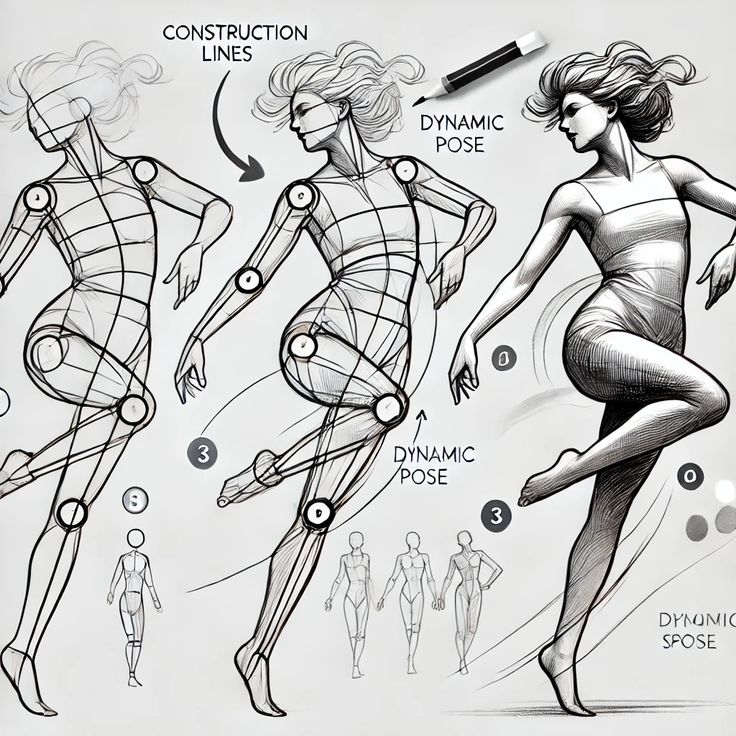
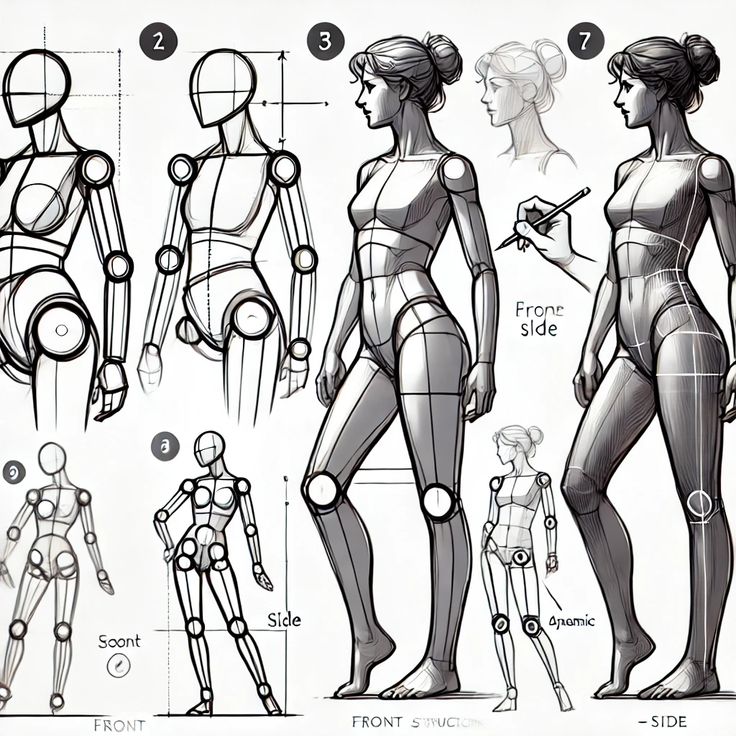
Static poses remain in one place and often show a sense of calm or stability. They can highlight the shapes and details of the figure. Examples include standing or sitting poses. These are useful for studying anatomy and proportions.
Dynamic poses, on the other hand, suggest movement and energy. They can show actions like jumping, running, or dancing. The body is often angled or twisted, which adds excitement to the composition. To create dynamic poses, artists should use curved lines and exaggerated angles.
Capturing Movement in Art
Capturing movement involves more than just drawing a figure in motion. It requires a keen observation of how bodies move. Artists can use techniques like:
- Gesture Drawing: Quick sketches to capture the essence of movement.
- Lines of Action: Imaginary lines that suggest the flow of movement.
To make movement believable, focus on weight distribution and balance. Study how limbs interact with each other and the environment. This knowledge helps artists create realistic, lively poses that engage viewers.
Setting Up Your Reference Library
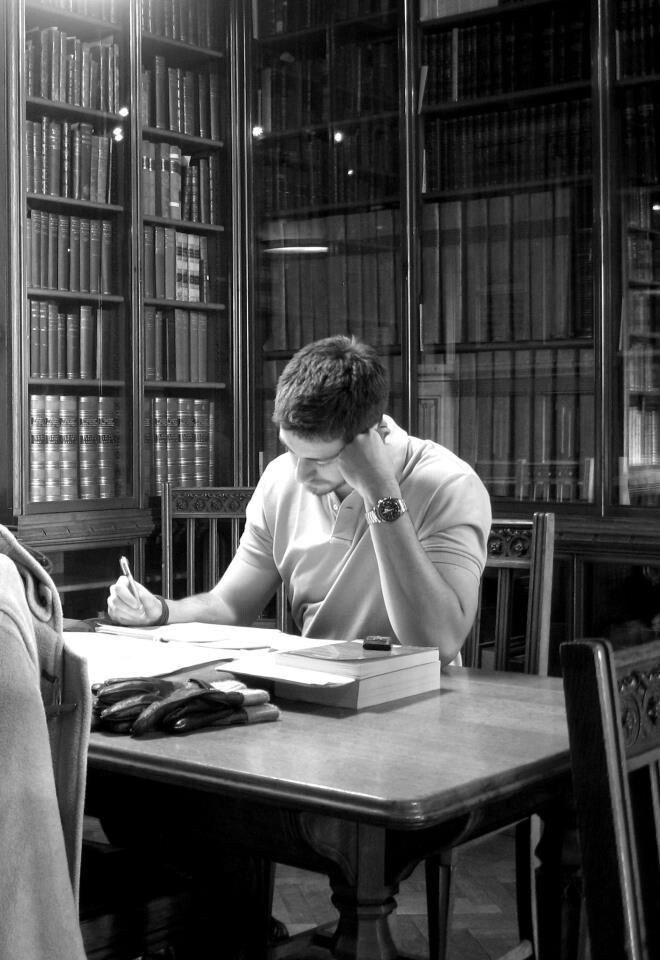
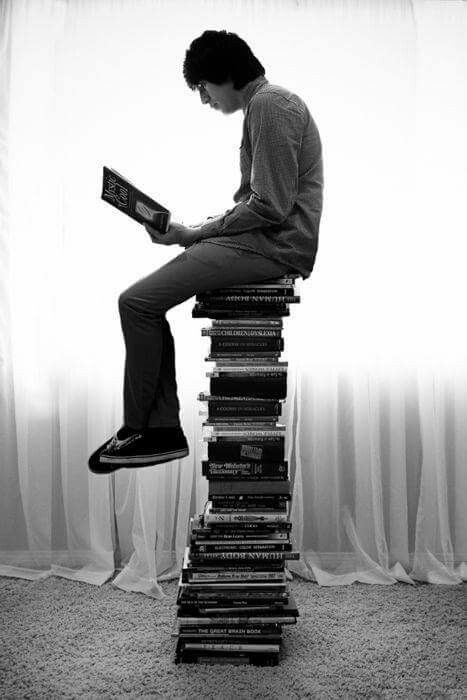
Creating a reference library is essential for body base drawing. It involves gathering pose references and using digital tools to manage them effectively.
Collecting Diverse Pose References
Artists should start by gathering a variety of pose references. This includes images of people in different positions, actions, and styles. Having a mix of references helps to capture the human form better.
They can find pose references through:
- Photo websites: Websites like Unsplash or Pexels offer free images.
- Pose Reference Apps: Apps are available for posed figures, allowing artists to view models from multiple angles.
- Social Media: Platforms like Instagram and Pinterest have plenty of inspiration.
Collecting images of diverse body types, clothing, and activities also enriches the reference library. This variety helps artists to create more dynamic and realistic drawings.
Leveraging Digital Tools for Reference Management

Managing references is easier with the right digital tools. Artists should consider using software or apps to organize their collection.
- Digital Folders: Create folders on your computer for different themes, like “Action Poses” or “Static Poses.”
- Tagging Systems: Use tags for easy searching. For example, tags could include “standing,” “sitting,” or “jumping.”
- Bookmarking: Bookmark favorite online sources or articles for quick access.
Digital tools help maintain a well-organized library that can be updated as needed. This ensures that artists can always find the right reference when they need it, enhancing their drawing practice.
Practical Drawing Exercises
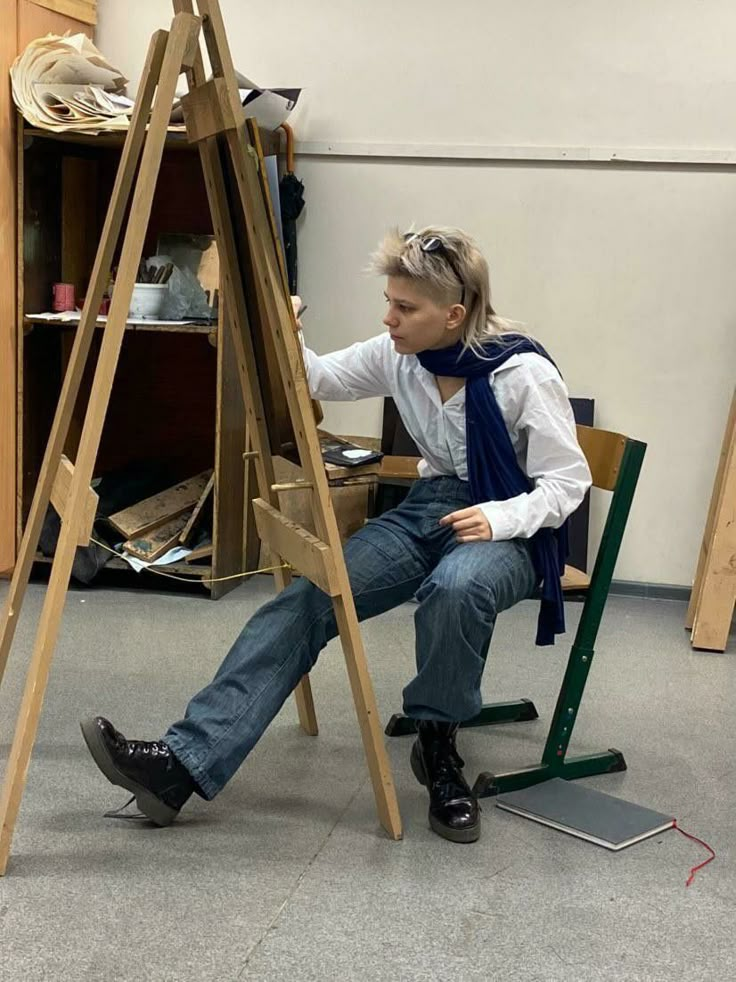
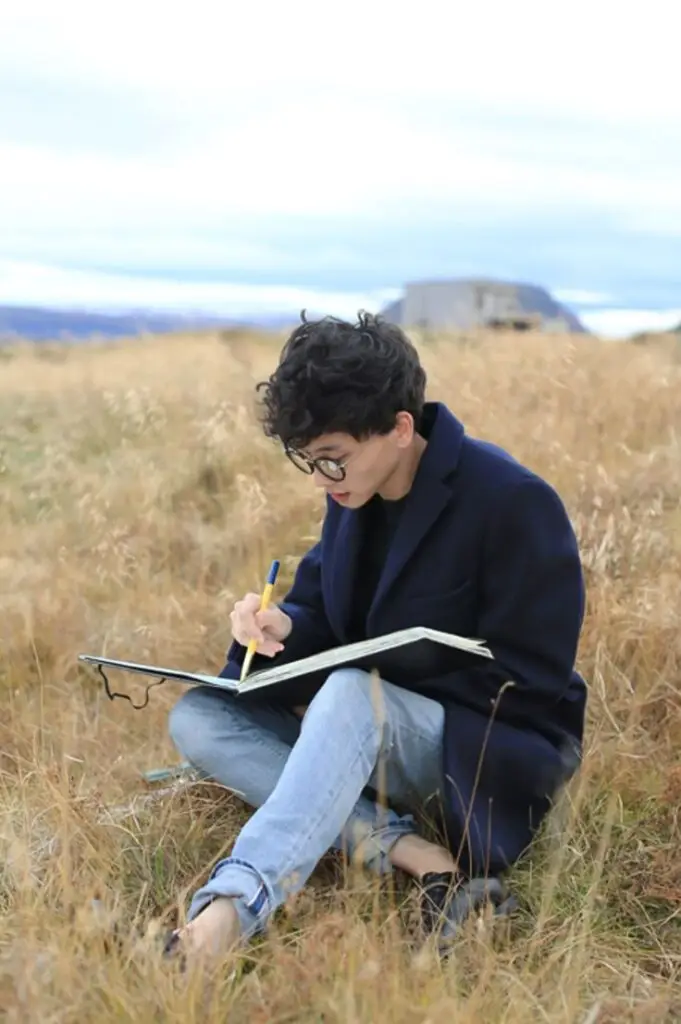
Practicing drawing regularly helps improve skills and build confidence. Focusing on body base drawing through structured routines can enhance figure drawing abilities and understanding of poses.
Daily Practice Routines
Creating a daily routine is essential for growth. Artists should spend at least 20-30 minutes each day working on basic drawing skills. This can include:
- Warm-up sketches: Draw quick lines, shapes, or simple figures to loosen up the hand.
- Studying proportions: Use a reference to create body base sketches that highlight correct proportions.
- Gesture drawing: Spend 1-2 minutes on each pose to capture movement and flow.
Using various art reference poses can help familiarize artists with different body types and stances. Artists can keep a sketchbook dedicated to daily exercises, helping track progress and challenge themselves with new poses and styles.
Figure Drawing Sessions
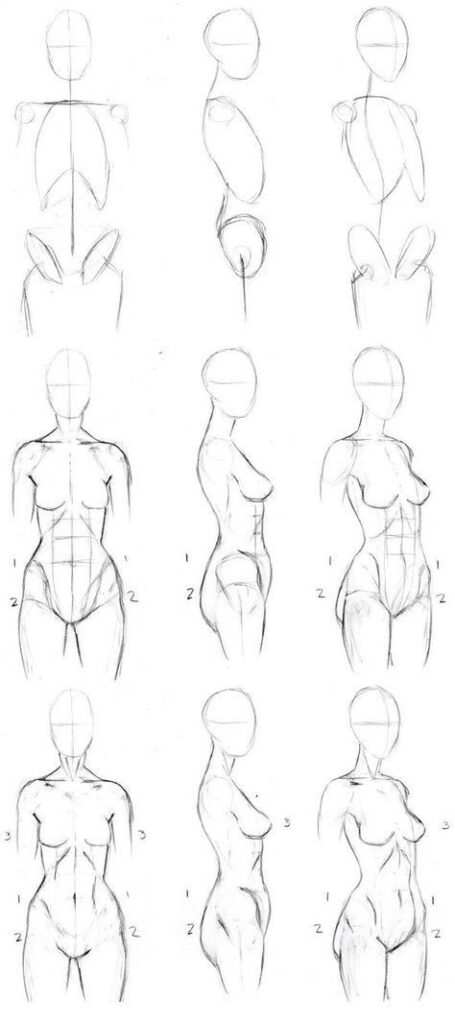
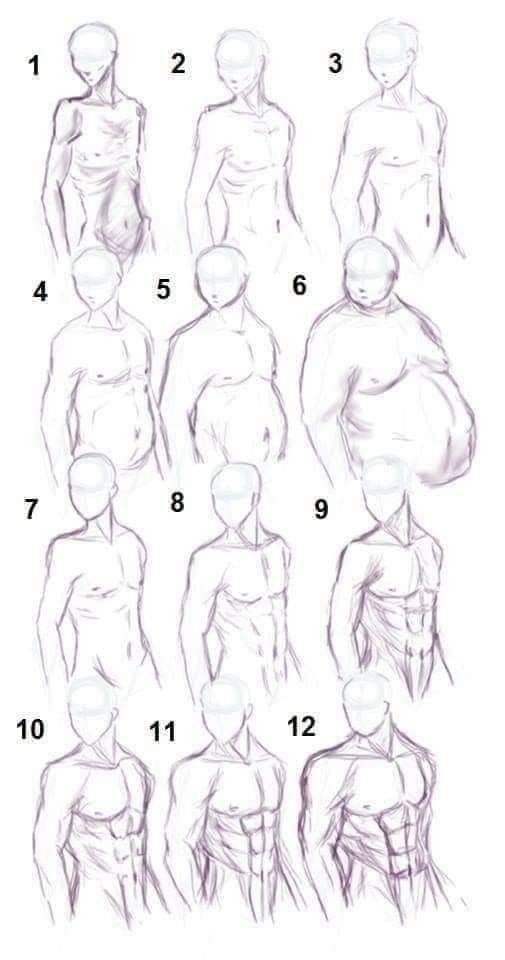
Figure drawing sessions provide hands-on experience with the human form. Artists should look for opportunities to attend local life drawing classes or online sessions. Here, they can practice drawing from live models or professional references.
Important points to focus on include:
- Understanding anatomy: Learn about muscles and joints to create believable figures.
- Capturing movement: Focus on accentuating the dynamics of poses.
Using art reference poses, artists can recreate body bases in different actions. Mixing short and long poses during a session balances quick sketches with more detailed studies. This variety develops a deeper understanding of motion and form.
Creating a Base Drawing
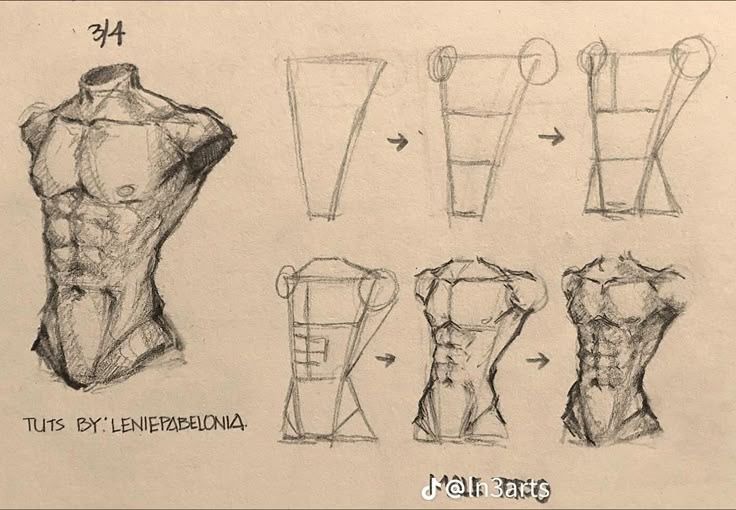
Creating a base drawing is essential for achieving accurate body proportions. This process involves sketching an initial outline and then adding volume to that outline to create a more realistic figure.
Sketching the Initial Outline
In the initial outline stage, the artist starts with simple shapes. These shapes help form the basic structure of the body. Common shapes include circles for heads and joints, and ovals for limbs and torso.
Next, the artist connects these shapes with light lines to define the body’s posture. Keeping proportions in mind is crucial. The overall height can be measured using the head as a unit, typically eight heads tall for an average adult figure.
This stage is about getting the general form right. Adjustments can be made easily as the focus is on placement rather than details. Artists often sketch multiple drafts until they are satisfied with the outline.
Adding Volume to the Outline
After establishing the basic outline, it’s time to add volume. This means thickening the drawn lines and adding dimension to each body part. Starting from the outline, the artist shapes the muscles and contours, making the figure more lifelike.
To create volume, artists use curves and shadows to represent 3D shapes. The use of shading can enhance the figure’s depth. For instance, the arms may bulge slightly to indicate muscle.
Attention should be paid to the body’s natural form. Not every body is the same, so it is important to adapt the drawing to different body types. Knowing how to modify the outline is key to achieving a realistic look.
Styles and Adaptations in Body Base Drawing

Body base drawing offers various styles and adaptations that artists use to express their ideas. Understanding these differences can help in choosing the right approach for any artistic project.
Realistic vs. Stylized Depictions
Realistic depictions focus on capturing the human figure as accurately as possible. Artists study art references and anatomy to understand proportions, muscle structure, and body dynamics. This style often emphasizes natural poses and true-to-life details.
Stylized depictions simplify or exaggerate features for artistic effect. For example, proportions may vary greatly, with oversized heads or elongated limbs. This approach allows for creativity and personal expression. Successful stylized work still maintains fundamental body shapes and anatomical understanding, ensuring the figure remains recognizable.
Approaches to Anime and Cartoon Forms
Anime and cartoon forms are specific adaptations within body base drawing. Anime often features exaggerated expressions and stylized body proportions. Characters usually have large eyes and distinctive hairstyles. Artists often use models or previous works as references to maintain consistency in style.
Cartoon forms take a different approach by embracing playful and exaggerated elements. Characters can have unique, often humorous designs. Simplifications in features allow for easy recognition and emotional expression. Both styles require a strong foundation in basic anatomy to create convincing characters, even when adhering to a more whimsical aesthetic.
Incorporating Feedback and Iteration

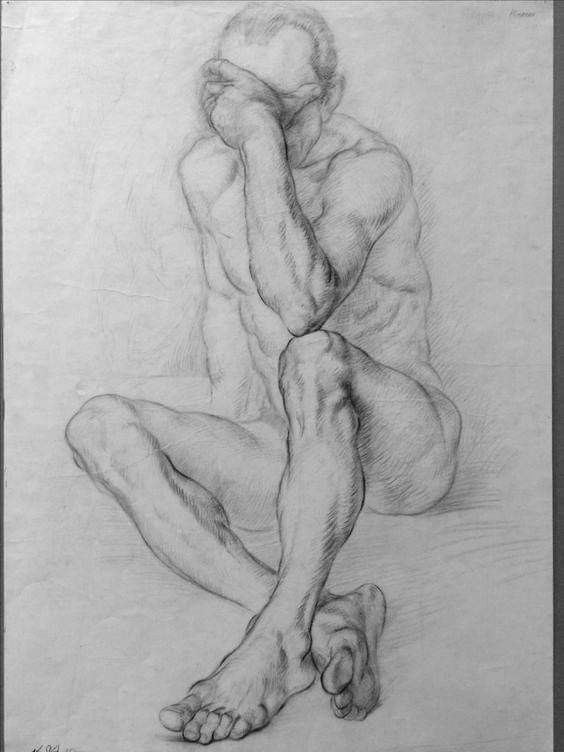
Incorporating feedback and iterating on body base drawings is essential for artistic growth. Feedback helps identify areas for improvement, while iteration allows artists to refine their skills and achieve better results.
Using Constructive Criticism to Improve
Constructive criticism serves as a valuable tool for artists. It highlights specific aspects of the body base drawing that may need work, such as proportions, posture, or anatomy.
Artists should seek feedback from peers, instructors, or online communities. Listening to different perspectives can bring new ideas and reveal blind spots.
When receiving criticism, it’s important to keep an open mind. Artists should focus on actionable suggestions rather than taking comments personally. This focused approach helps refine their artistic skills and enhances their drawings.
Iterating on Base Drawings
Iteration involves making changes based on feedback and creating multiple versions of a body base drawing. Artists can start by modifying elements like the shape of limbs or the tilt of the torso.
Using digital tools can simplify this process, allowing for easy adjustments. Artists should consider experimenting with different poses and angles to add variety.
Each new version should reflect improvements based on previous feedback. This helps artists track their progress and develop a better understanding of body structure. Over time, these iterations can lead to more polished and effective artwork.
Advanced Techniques and Considerations

In body base drawing, understanding advanced techniques can elevate the quality of artwork. Key areas to focus on include lighting and shadow, as well as composition and perspective. These elements enhance realism and clarity in drawings.
Exploring Lighting and Shadow
Light and shadow play crucial roles in defining form. Proper use of lighting can add depth and dimension to the figure.
Identify the Light Source: Determine where the light comes from. This helps in deciding which parts of the body will have highlights and shadows.
Shading Techniques: Experiment with different shading methods. Using hatching, cross-hatching, or blending can create soft transitions between light and shadow.
Anatomical Considerations: Recognize how light interacts with the body’s anatomy. Curved surfaces will reflect light differently than flat surfaces. This understanding helps in creating more realistic figures.
Integrating Composition and Perspective
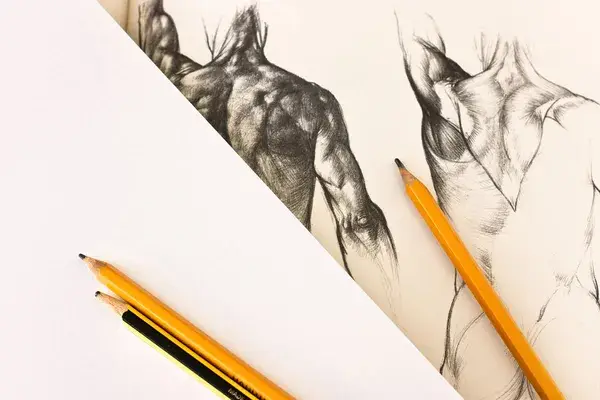
Composition arranges elements in a drawing for better visual impact. Perspective adds depth, making shapes appear three-dimensional.
Rule of Thirds: Use this principle to place focal points effectively in your drawing. Dividing the canvas into thirds can guide the placement of body parts and other elements.
Choose a Viewpoint: Decide whether the figure will be viewed from above, below, or eye level. Each perspective changes how proportions appear.
Use Art Reference Poses: Reference poses help ensure accuracy in proportions. Observing live models or photographs can aid in understanding how body parts relate to each other in space.
By focusing on lighting, shadow, composition, and perspective, artists deepen their understanding of body base drawing. These techniques significantly enhance the quality of their work.
- 4.2Kshares
- Facebook0
- Pinterest4.2K
- Twitter1
